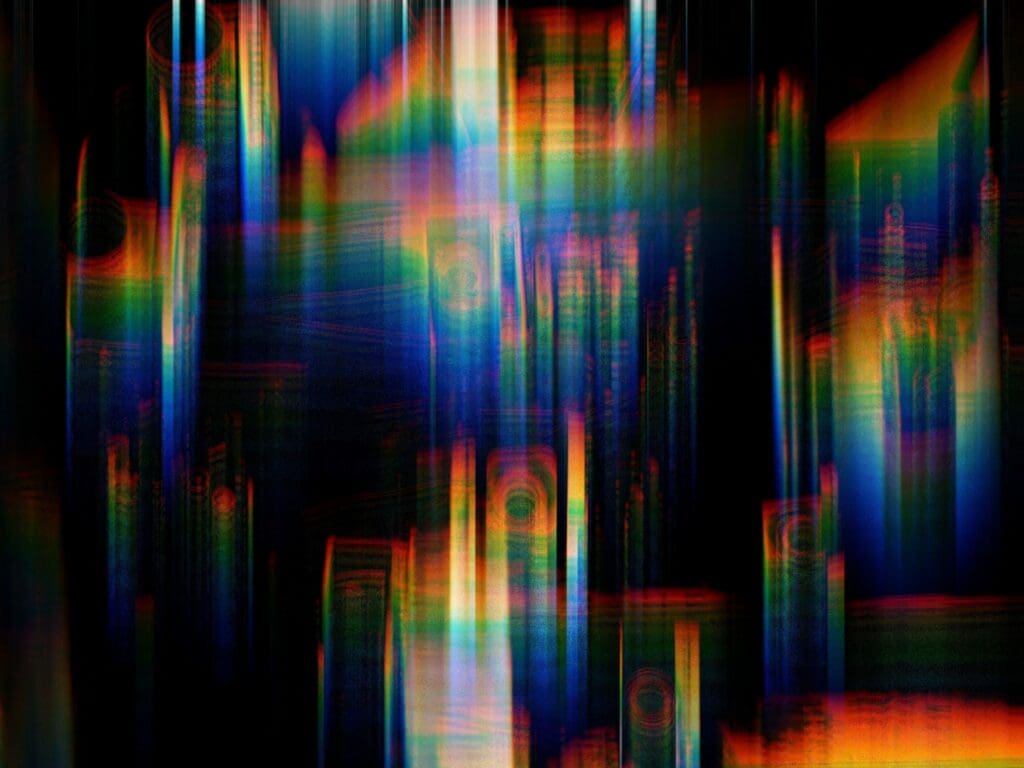By Joey Düker
A recent paper I co-wrote with Cathrine Thorleifsson (C-REX, Norway) for the Radicalisation Awareness Network addresses the importance of digital environments for so-called Lone Actor terrorists. As a brief guide for practitioners, I will expand on the various roles that different platforms serve in this context, with a focus on the far right.
For the purpose of this overview, it might be useful to distinguish between prominent right-wing extremist influencers and communities. Influencers seek attention and an audience, while communities offer their members spaces for cultural and social exchange. Specifically, far-right activists seek to influence public discourse and thus hope for a large audience, whereas far-right online communities are usually directed inwardly and help to solidify right-wing extremist views and values of their members.
Mainstream social media platforms might be attractive to far-right influencers since they promise a potentially large audience. However, due to the enforcement of platform policies and deplatforming practices, right-wing extremist influencers and communities must adjust their communication strategies to avoid detection and deletion. Thus, less public online spaces can be more appealing to such actors.
At least in Germany, the semi-public platform Telegram appears to be the most important one for easy access to right-wing extremist content. Far-right channels spread racist memes, antisemitic conspiracy narratives or even instruction manuals on how to build weapons. In far-right groups, violent right-wing extremists are glorified and their “manifests” shared. Finding such content is shockingly easy. Once one identifies a Telegram channel or group – either via the app’s search function or by finding a link to the channel/group via a search engine – it is easy to find like-minded channels/groups. This is due to the fact that it is common practice to forward messages from other channels. By clicking through the forwarded messages shared in a channel, one can quickly find dozens of similar channels/groups within minutes.
Telegram is particularly attractive for communities with fringe opinions since they are often not tolerated elsewhere. However, those far-right activists trying to influence a large and young audience tend to utilize platforms popular with that target audience. These include Instagram, TikTok or YouTube, for instance, even though the right-wing extremist messaging might be more coded there.
Although networks of far-right actors exist on these particular platforms, their structures do not lend themselves to the establishment of communities quite as well as other online spaces, such as imageboards. Here, small social bubbles with shared values and symbols established themselves over time. Since many of these forums are anonymous and usually lack strict content moderation, they allow right-wing extremist content to flourish. A heads-up for practitioners wishing to identify extremist content on imageboards: the layout of many popular imageboards makes searching for specific content, monitoring threads and collecting evidence rather tedious.
Depending on a practitioner’s location, different alternative social media platforms might be of relevance, too. Due to their more lenient moderation efforts, platforms such as Gab or VK.com might host actors of interest to the practitioner. Similar to Telegram, far-right actors might also be more likely to speak more candidly and unfiltered, potentially revealing more of their ideological positions than they do on their mainstream social media accounts.
Lastly, it might be worthwhile to figure out whether fringe groups in the practitioner’s country established their own platforms. These might be much smaller and less professionally designed than their mainstream counterparts but they might also host more explicit content. As with online forums hosted by right-wing extremist, practitioners should be particularly careful when creating research accounts on these fringe platforms since their data might not be stored as safely.
This article is republished with permission from the January 2022 edition of Spotlight magazine, ‘The Lone Actor Challenge‘. Spotlight is a publication from the European Commission’s Radicalisation Awareness Network for RAN’s network of practitioners. Image credit: Unsplash.
Joey Düker works for the online monitoring project de:hate of the Amadeu Antonio Foundation in Germany. As part of the project’s investigations, he has been monitoring and analysing right-wing extremist phenomena and hate speech within online environments for several years.
